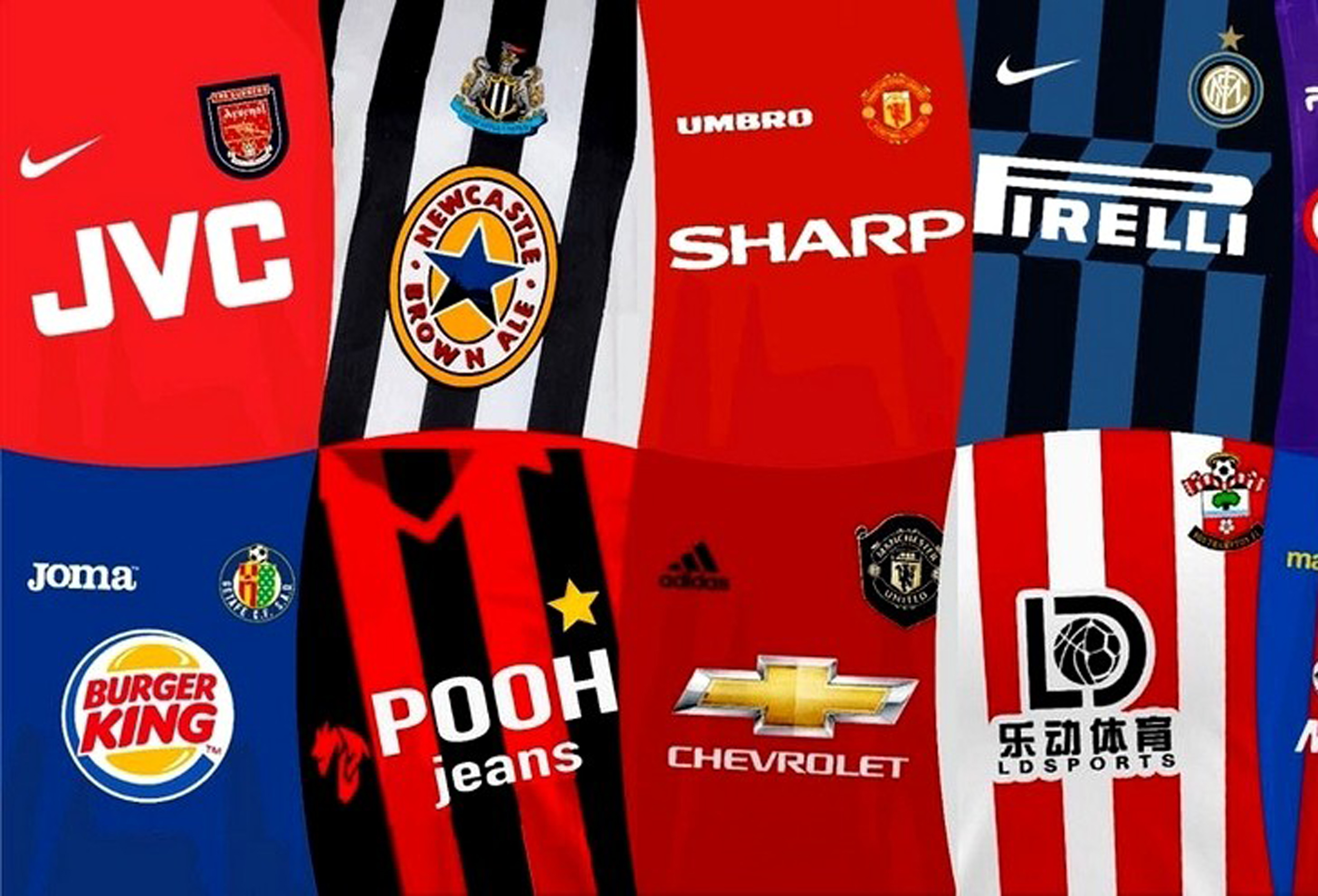Football club sponsorship opportunities offer a powerful way for brands to connect with a large and passionate audience. By aligning your business with a football club, you can tap into a deeply engaged community, enhancing your brand’s visibility and reputation. This guide will walk you through the benefits, different types of opportunities, and how to select the right partnership to achieve your marketing goals.
The Benefits of Sponsoring a Football Club
A partnership with a football club extends far beyond a simple logo placement. It can deliver substantial returns for your brand. One of the most immediate advantages is increased brand visibility. Your logo on a team’s shirt or displayed around a stadium places your brand in front of thousands of fans in the venue and millions watching from home.
Sponsorship can also enhance your brand’s image. Associating with a well-respected club can positively influence how consumers perceive your business, building trust and credibility. Furthermore, it opens doors for community engagement. Sponsoring local initiatives or youth development programmes run by the club allows your brand to build meaningful connections with fans and residents, demonstrating a commitment to the local area. These partnerships can also lead to valuable business opportunities through networking with other sponsors and corporate partners.
Types of Sponsorship Opportunities
Football clubs offer a variety of sponsorship packages to fit different budgets and objectives. Shirt sponsorship is perhaps the most prominent, placing your brand’s logo on the front of the team’s jerseys. This offers high visibility during matches and in media coverage.
Stadium advertising is another effective option. Banners, digital hoardings, and billboards inside the stadium capture the attention of the live audience and are often visible during television broadcasts. Digital marketing partnerships have also become increasingly popular. These can include advertisements on the club’s website, collaborative social media campaigns, and sponsored content, allowing you to reach fans directly on the platforms they use most. Additionally, you can sponsor community programmes, which support grassroots football and local initiatives, aligning your brand with positive social impact.
How to Choose the Right Football Club
Selecting the right club is critical for a successful sponsorship. First, you need to define your objectives. Are you aiming to increase brand awareness, drive sales, or improve your brand’s public image? Having clear goals will help guide your decision-making process.
Next, assess the alignment between the club’s fan base and your target demographic. A good match here means your message is reaching the right people. It is also important to evaluate the club’s values. Partnering with a club that shares your brand’s ethical standards creates a more authentic and credible association. Finally, you must consider your budget. Set a realistic figure for your investment and carefully evaluate the potential return, weighing the costs against the expected benefits.
Measuring Your Sponsorship Success
To understand the value of your sponsorship, you need to measure its performance. You can track brand awareness by monitoring media mentions, social media engagement, and website traffic. Surveys can also help gauge changes in brand recognition and perception among the club’s supporters.
Monitoring fan engagement with your sponsorship activities, such as participation in competitions or use of special offers, provides insight into how well your partnership is resonating. Analysing sales data to identify any uplift correlated with your sponsorship activities can help determine the direct impact on your bottom line. By combining these metrics, you can calculate the overall return on investment and assess the financial impact of the partnership.
A Winning Strategy for Your Brand
Football club sponsorships offer a dynamic platform for brands to grow. They provide a direct line to a dedicated audience, build a positive brand image, and create tangible business opportunities. By setting clear objectives, choosing the right partner, and measuring your results, you can create a sponsorship strategy that delivers on your marketing goals. As the sport continues to grow in popularity, the value of these partnerships is only set to increase.
